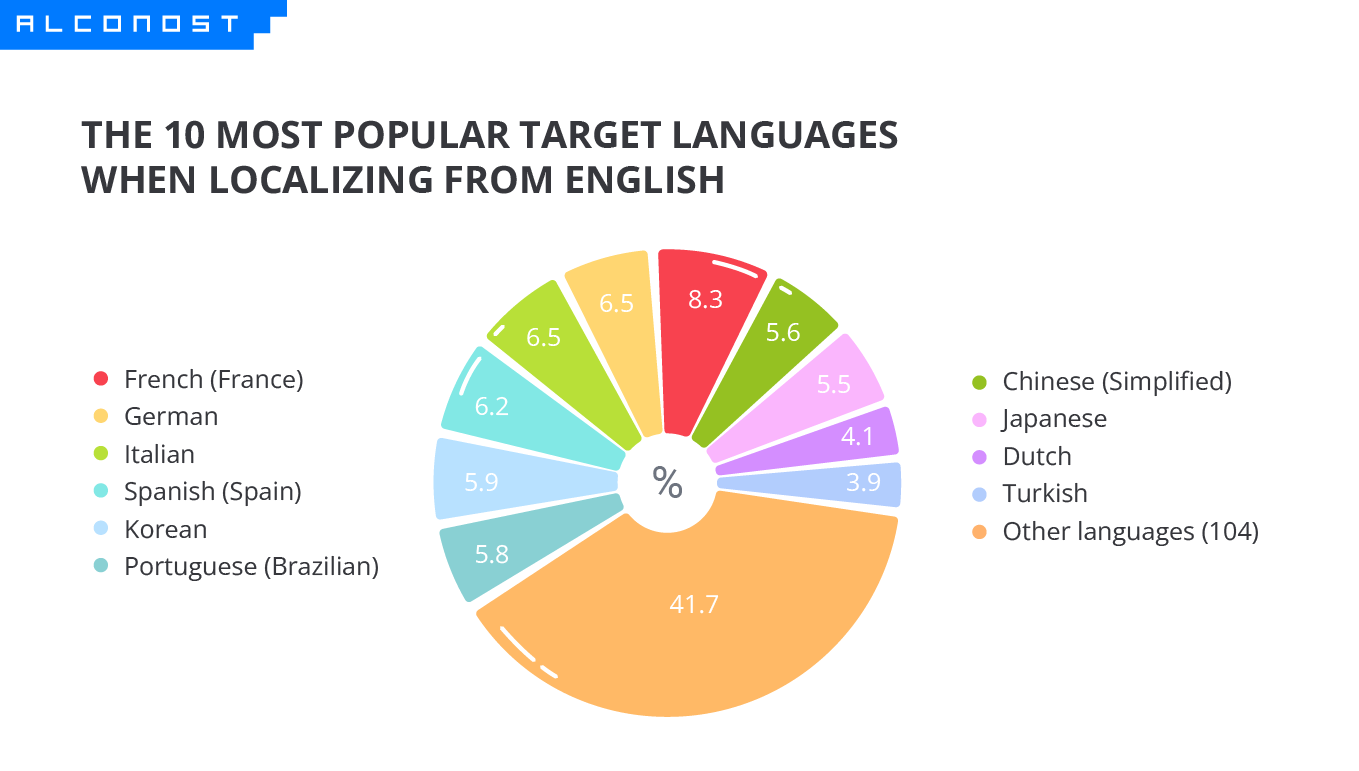Thanks for reading our blog for the executive teams, marketing, product, localization, and localization teams that actively support international business expansion. We share knowledge gained about localization, globalization, and culturalization to assist you in creating informed global growth strategies. Likewise, we do this by drawing on our two decades of experience running a worldwide localization company. 🌎
What even is Agile? Let’s tackle that before we start. It is a project management approach to solving the problem of inflexibility and inefficiency in traditional project management and development processes. It is iterative and focuses on continuous releases and incorporating feedback with every iteration.
It all started in 2001, when twelve guiding principles were first articulated in the Manifesto for Agile Software Development. Since then, agile approaches have become widely used in project management as well as the development field. We think that five of the manifesto's twelve guiding principles can be especially helpful to businesses looking to expand internationally.
Let's examine these ideas in more detail and consider some localization project management applications.
1. Early and constant delivery of translation solutions ensures customer satisfaction
By taking localization potential into account early in the product development process, multinational corporations may make the most of this Agile principle.
Although it's not the only prerequisite for becoming global, translation is frequently the first step. Organizations may rapidly assess the possibilities of new markets by translating their in-app content, website, or marketing materials and testing the market response. A fast market test targeting nations where one of the top 10 localization languages is spoken enables firms to identify locations with a better likelihood of success and provide their international users with useful solutions at an affordable price point as well as quickly. If the answer is encouraging, translation would become an organization's top priority because maintaining a strong market presence requires regular communication with foreign clients.
Starting with the most commonly spoken languages—German, French, Spanish, Russian, Japanese, and Chinese—would be a smart idea for early hypothesis testing. On the other hand, the target market may be mostly found in East Asian nations in some industries, such as video games and gaming software. In order to serve the main user base, a game development studio may decide to start with languages like Vietnamese or Indonesian before branching out to other markets.
Alconost produces an annual report on the most sought-after target languages from English to help firms choose which languages to localize:

2. To maximize UX, provide practical answers in weeks as opposed to months
Both speed and quality of localization are critical to the user experience. Fortunately, language services providers offer solutions that reduce the "time to market" for translation by automating and customizing previously laborious, entirely manual tasks. Here are a few of them:
- TMS. Translation Management Systems (TMS) give teams and organizations a collaborative workplace. When new strings need to be translated, TMS instantly alerts translators, enabling quick responses and timely completion. This speeds up the translation process because it auto-fills matched segments with previously translated units.
- Glossary. sometimes also known as a termbase, this is a list of definitions and translations for commonly used terms, phrases, and acronyms. It contains "Do Not Translate" (DNT) phrases, such as slogans and brand names. By automatically translating important terms, glossaries speed up work and prevent MT errors caused by a lack of contextual information.
- Style Guide. This document gives brand-related guidance such as how punctuation is used, voice/tone parameters, examples of good versus bad content, and so on.As a result, the translation process is streamlined and no longer requires extensive context clarifications.

3. Close, ongoing collaboration between developer and business teams
When the technical and business teams work together, better localization decisions are made. Huge company clients with between 1000 and 5000 employees frequently have a huge number of tasks that must be effectively managed among teams and providers, both within and externally. They have therefore also underlined the importance of task management assistance in a translation management system. Organizations may efficiently handle problems and work closely across teams with the aid of a task management system and transparent reporting.
For example, the cross-team structure that Crowdin TMS supports has proven helpful for continued cooperation between the localization and development teams, according to several of our localization clients.
As vendors, we adhere to this Agile approach in vendor-client relations by hosting calls monthly or as needed. These calls provide an opportunity to discuss and coordinate project plans, comprehend client needs, obtain development teams' opinions when necessary, and promote mutual knowledge of the localization process. We are able to establish trusting bonds and keep lines of communication open between our technology clients and the translation team thanks to these frequent exchanges. We value open and frequent communication using email, messages, or project management software to facilitate effective collaboration. Our goal is to ensure efficient communication tailored to your preferences.
4. Self-organizing teams provide the finest answers
Self-organizing teams are groups of individuals who manage their own workload and decision-making processes without relying on traditional hierarchical structures. Team collaboration is crucial to providing clients with high-quality translation on schedule and at the lowest possible additional cost. Language services vendors require a highly accountable, self-managing team to accomplish this.

We value team members who are self-organized: proactive, willing to take the initiative, and willing to share their ideas and solutions when presented with challenges. Other traits of self-organizing teams include shared objectives, accountability, close teamwork, flexibility, and autonomy. By cultivating a self-organizing mentality, we make sure that our teams are adaptable, quick to respond, and able to solve problems effectively.
Some examples include:
- Our vendors take the initiative to find rare language translators when a client needs localization for a lesser-known market or language, like Kannadian, the native language of over 40 million people in South-West India;
- Our translators take comedy classes to better understand the mechanisms behind humor translation.
- Our localization managers receive recognition from leaders in the mobile game industry for always being responsive and accessible to solve an emergent issue.
5. Frequent team meetings to discuss ways to improve efficiency and make the necessary modifications
Post-mortems can help localization departments better understand the reasons for a project's success as well as any potential areas for improvement. We do them every two weeks here at Alconost. When we get together as a team, localization managers can learn how to improve their own workflows and adapt to the particular requirements of each project they work on.

Frequent and deliberate catch-ups help to avoid misunderstandings, delays, and communication gaps and maintain a healthy and sustainable work pace in a remote-first culture where team members are physically separated. In addition to department-wide retrospectives, localization managers keep everyone informed through weekly team or individual meetings. These meetings guarantee that everyone is aware of expectations, comprehends the team's overall objectives, and provides a safe forum for them to share ideas and suggestions for improvement.
As a company, we have benefited from this Agile philosophy in conjunction with a results-driven, flexible, remote-first culture. In the last 20 years, Alconost, a medium-sized company with 50–249 employees, has assisted over 2000 incredible, diverse projects—from social media businesses to ride-hailing startups—in breaking into the global market by speaking the languages of their target audience. 🌎
Want to grow internationally in a cost-effective way? Alconost will assist you in communicating with your clients efficiently. Get full-cycle localization into over 100 languages by getting in touch with us.




